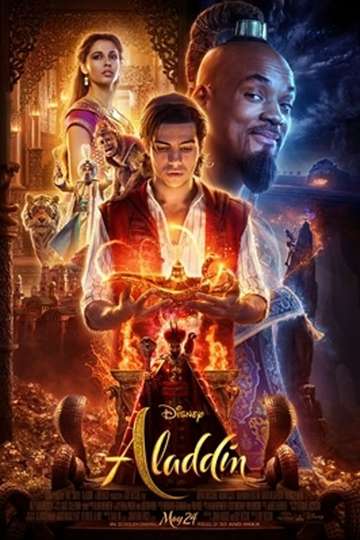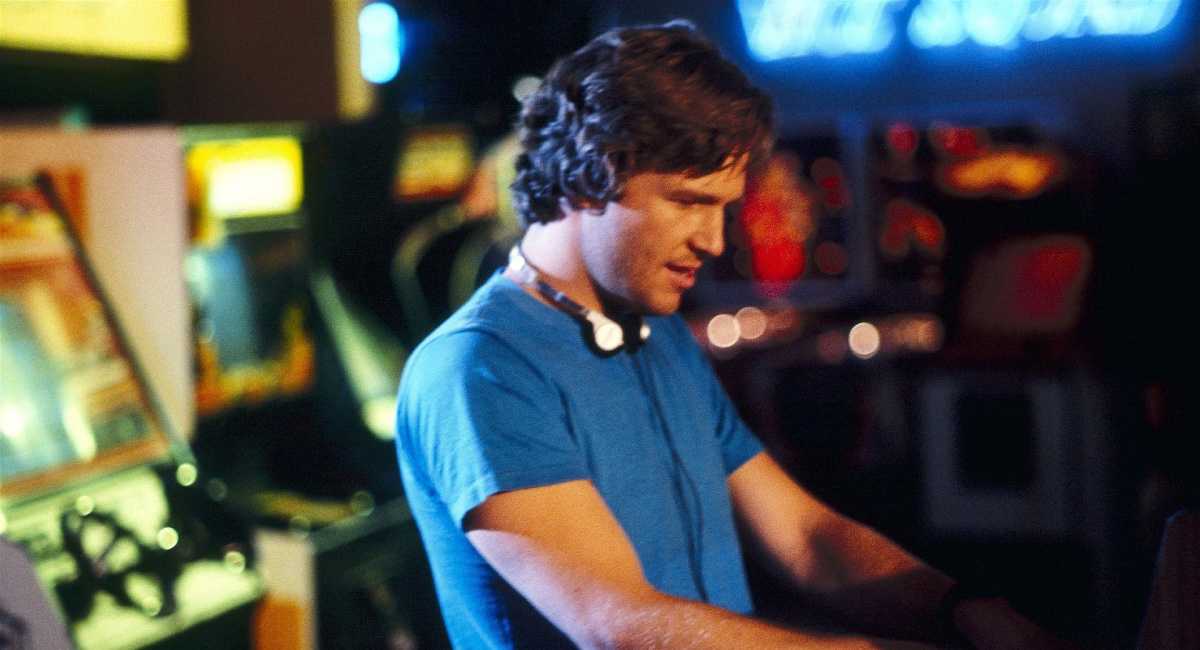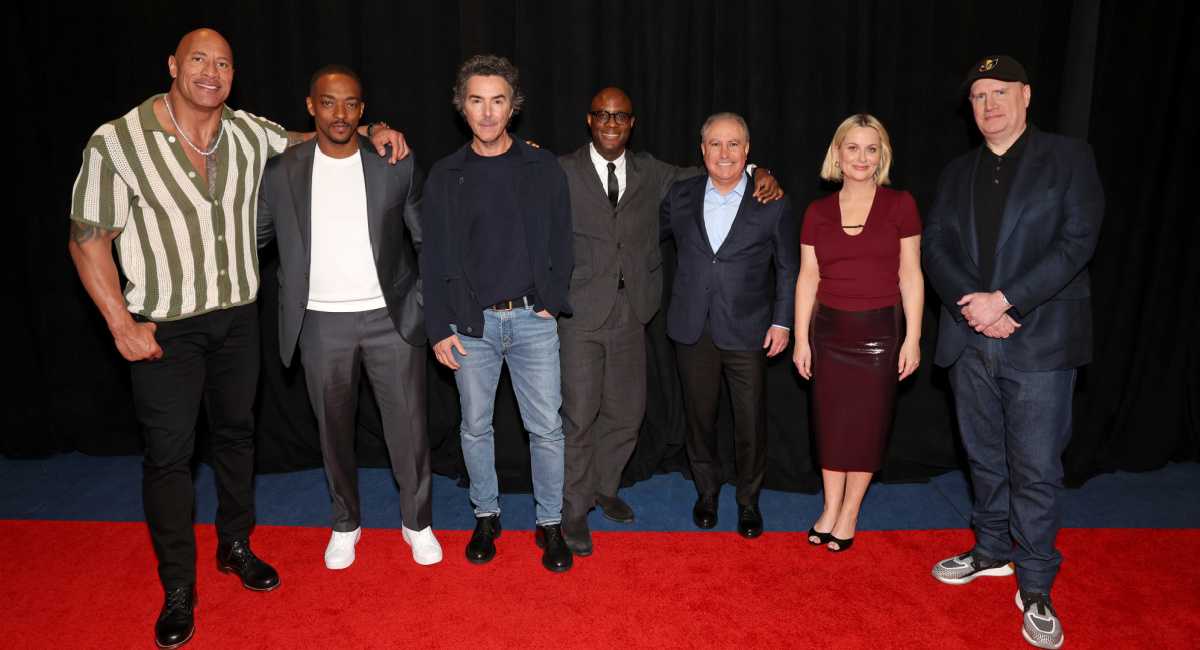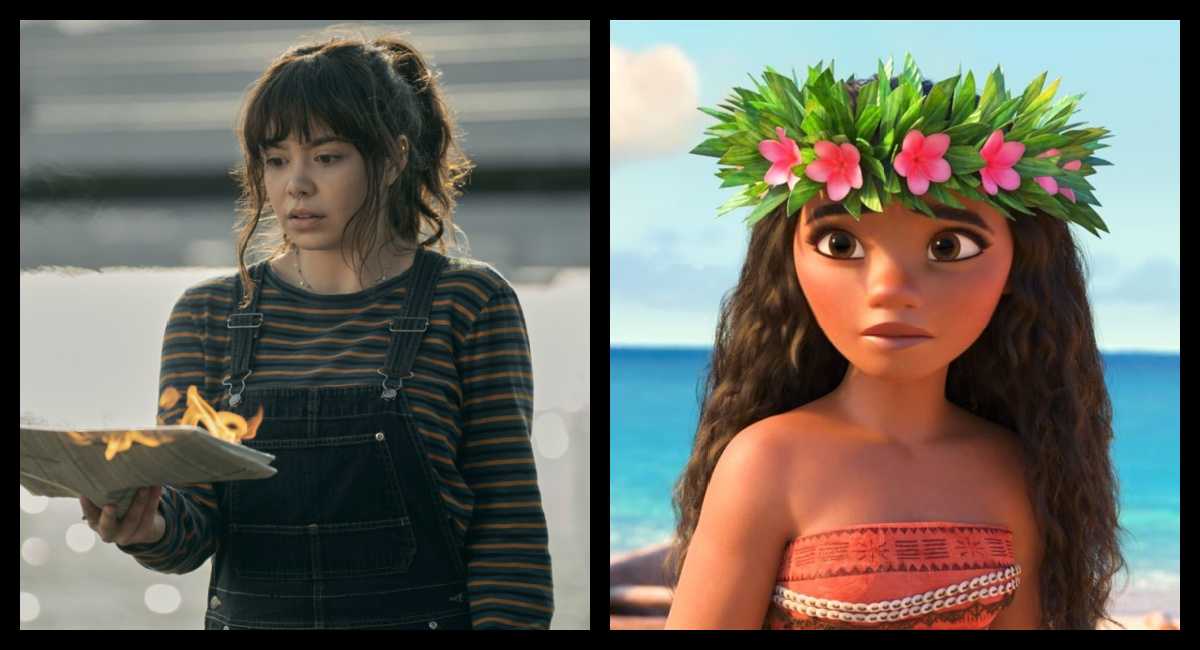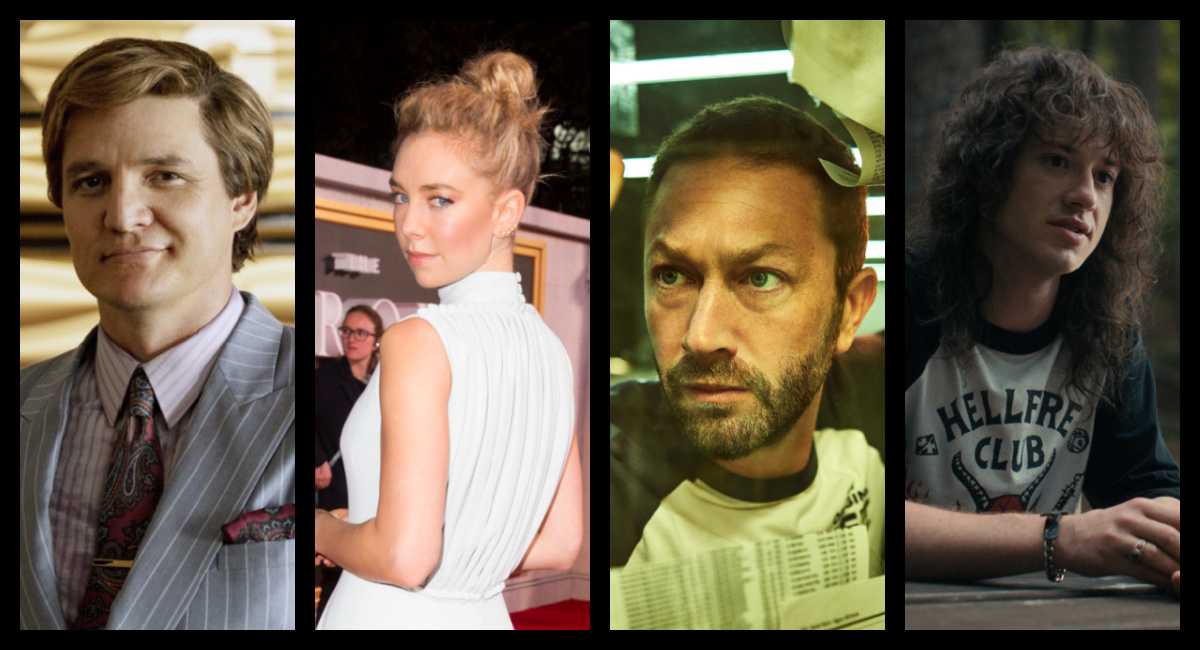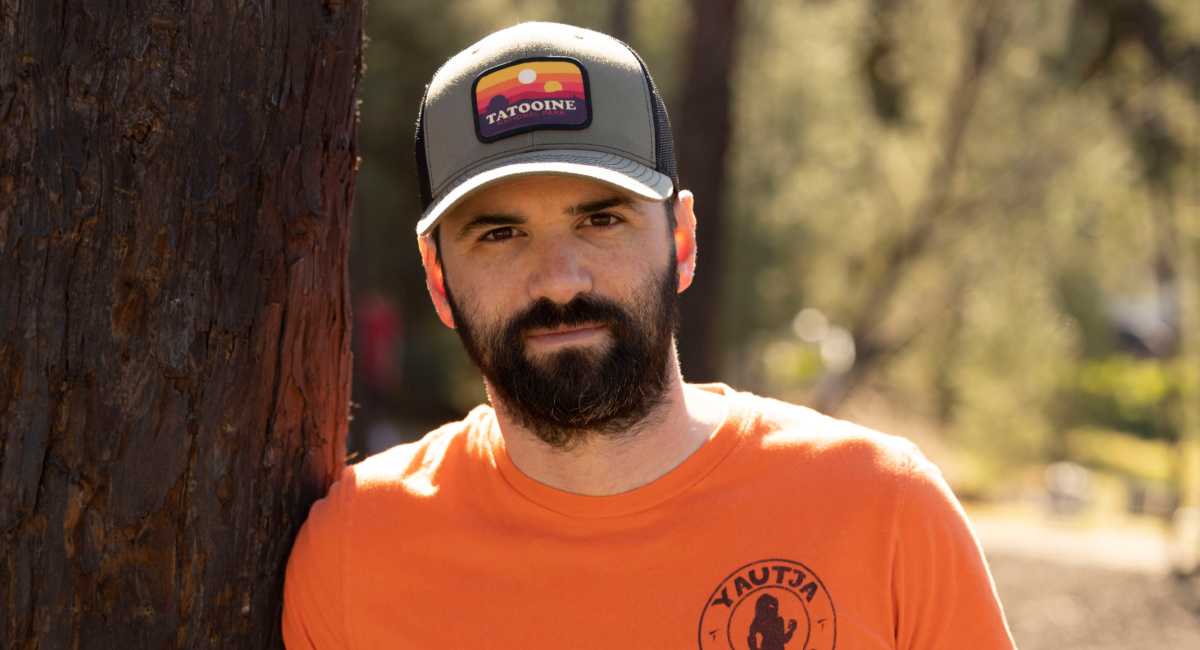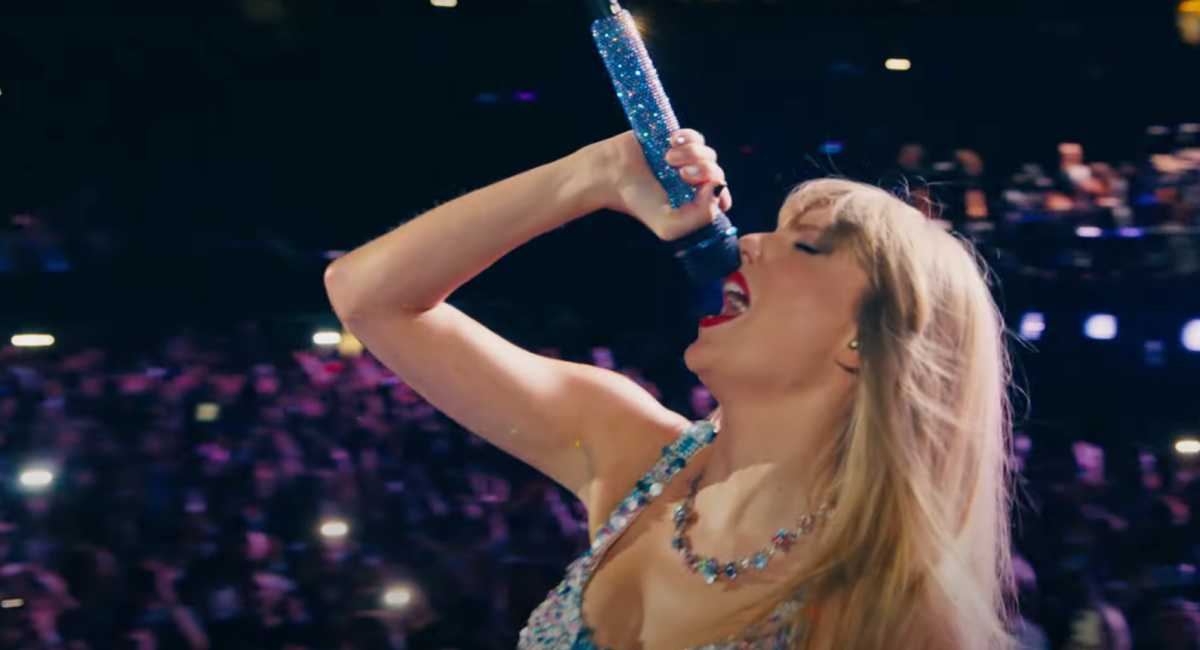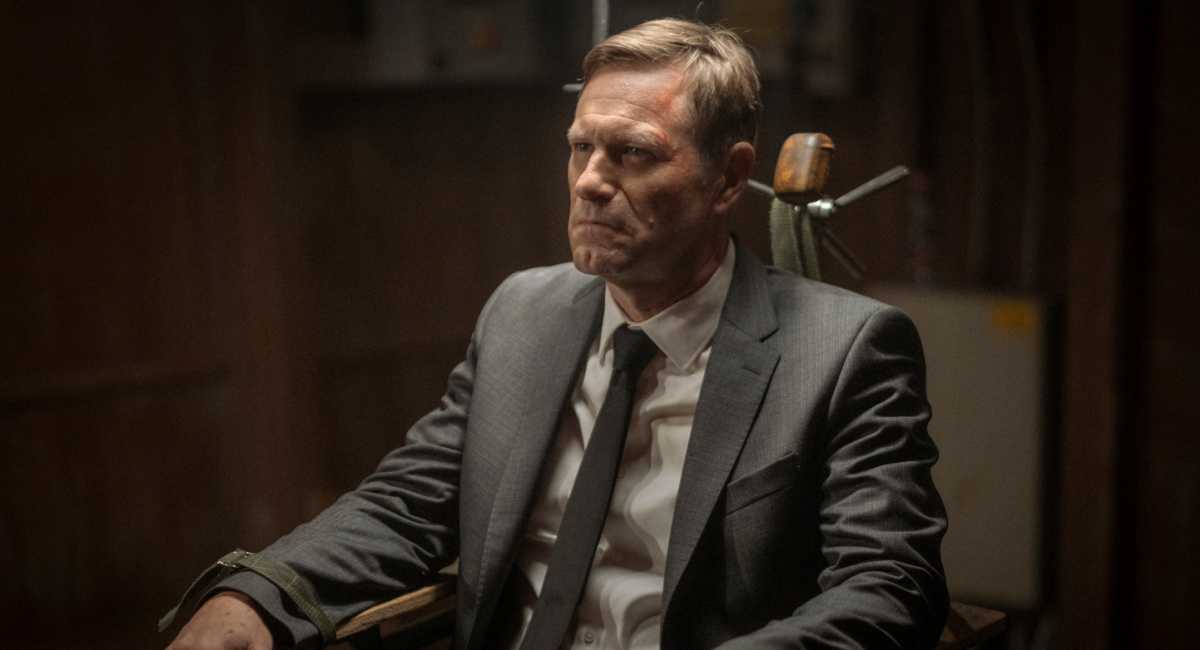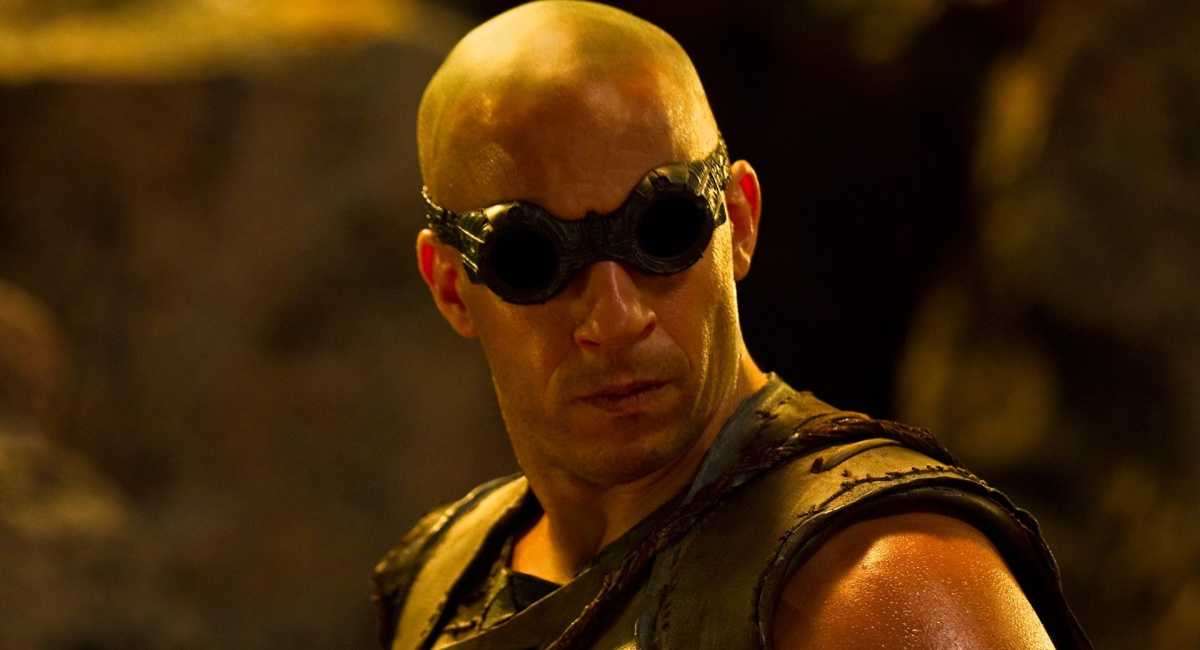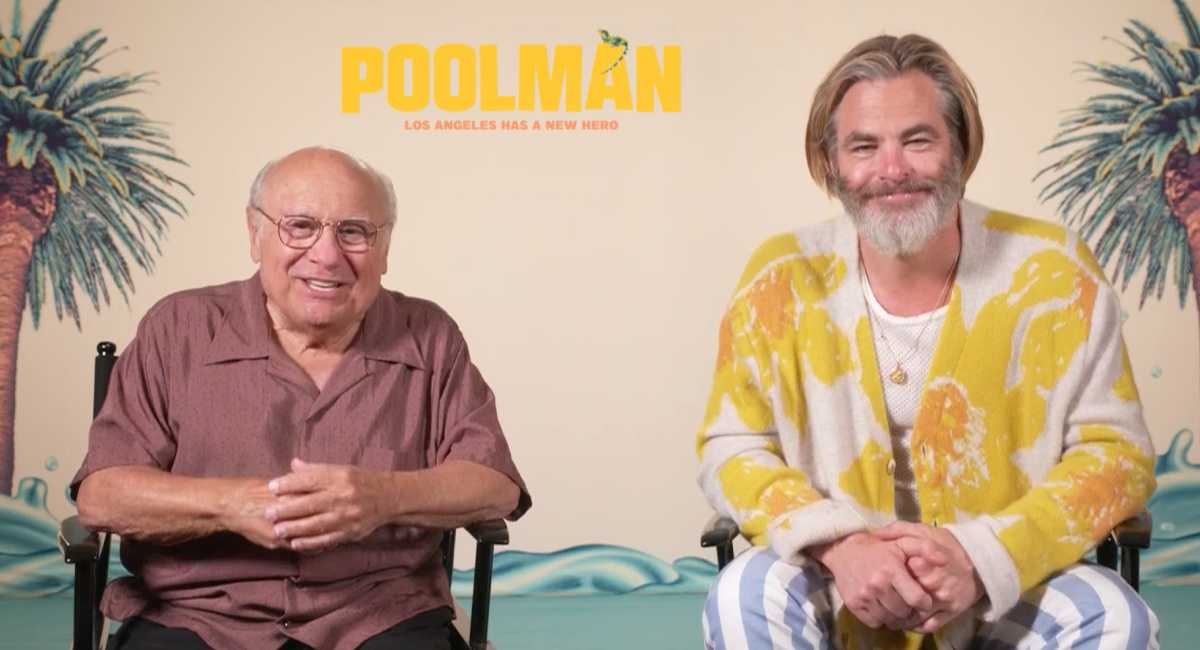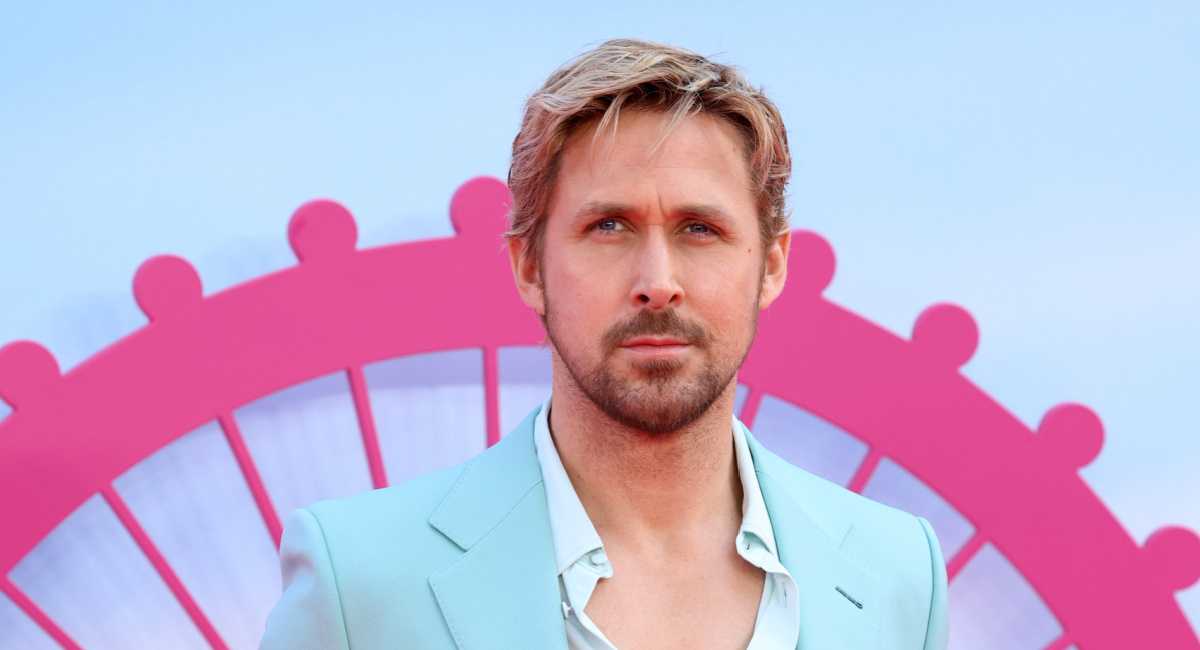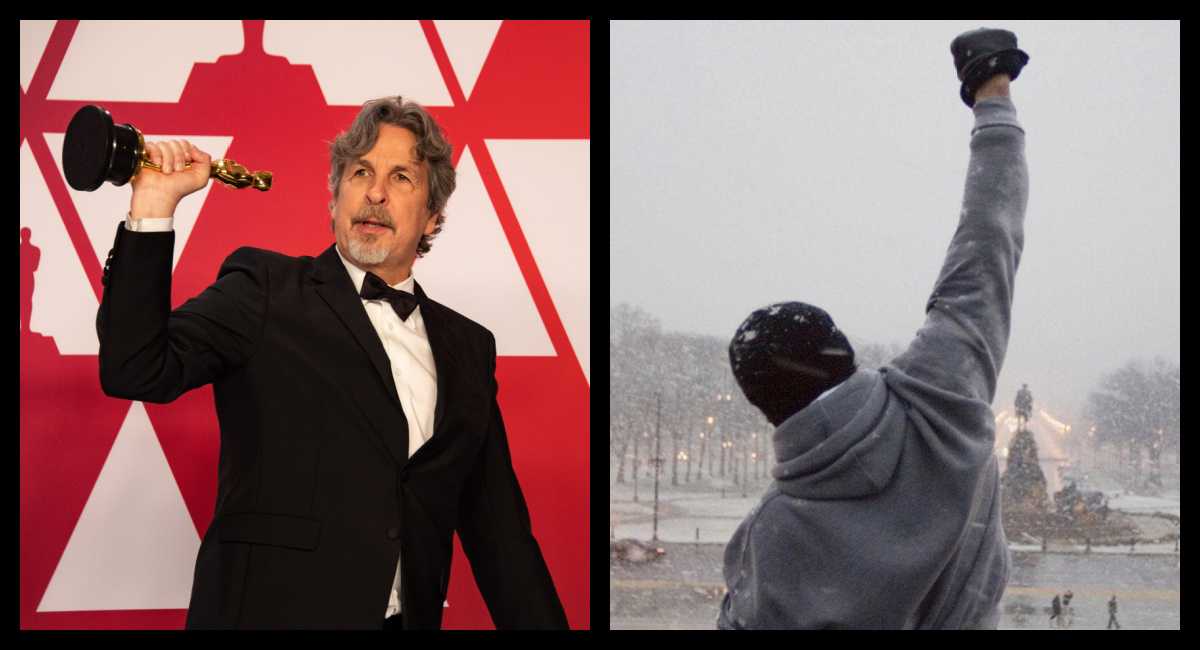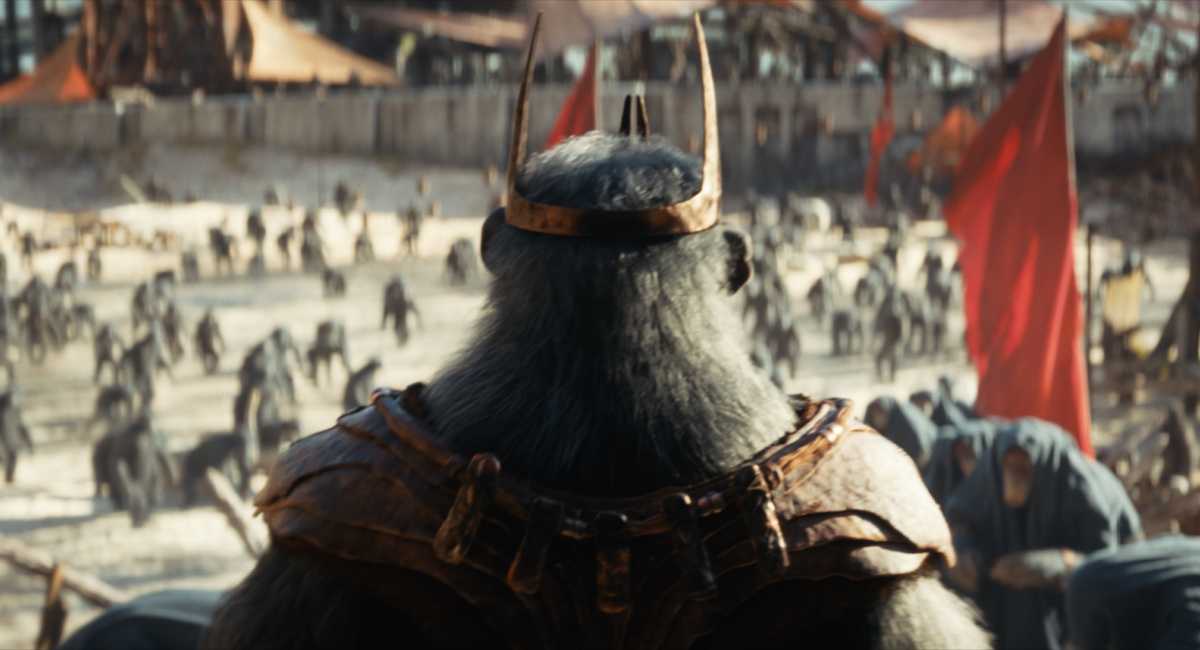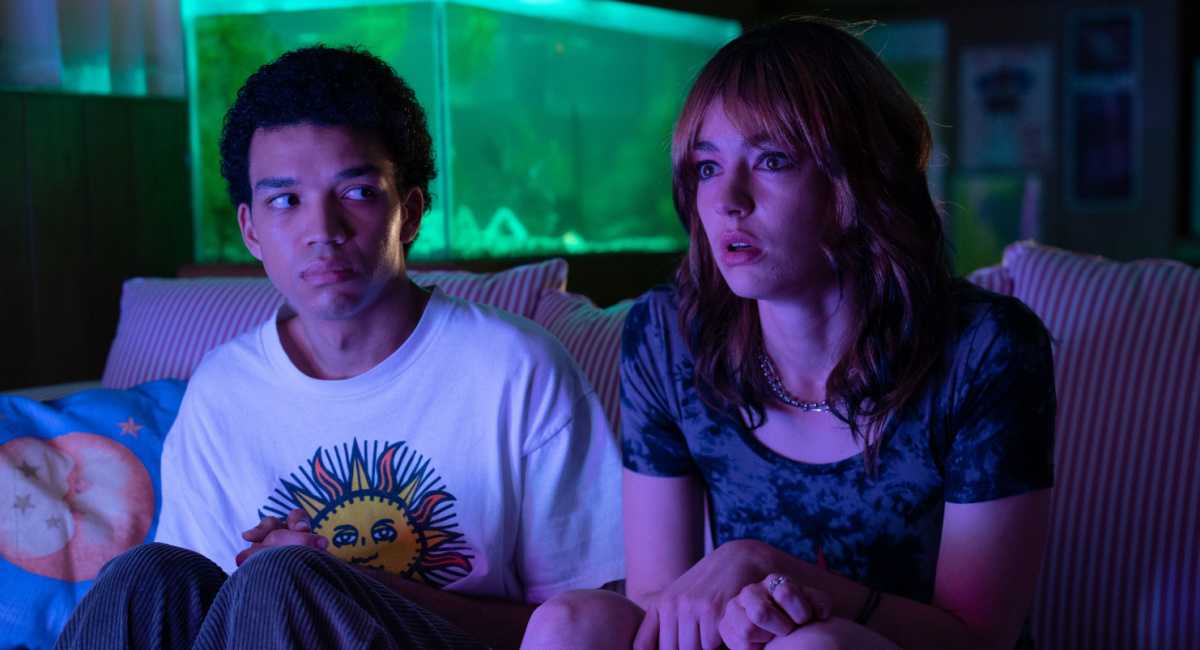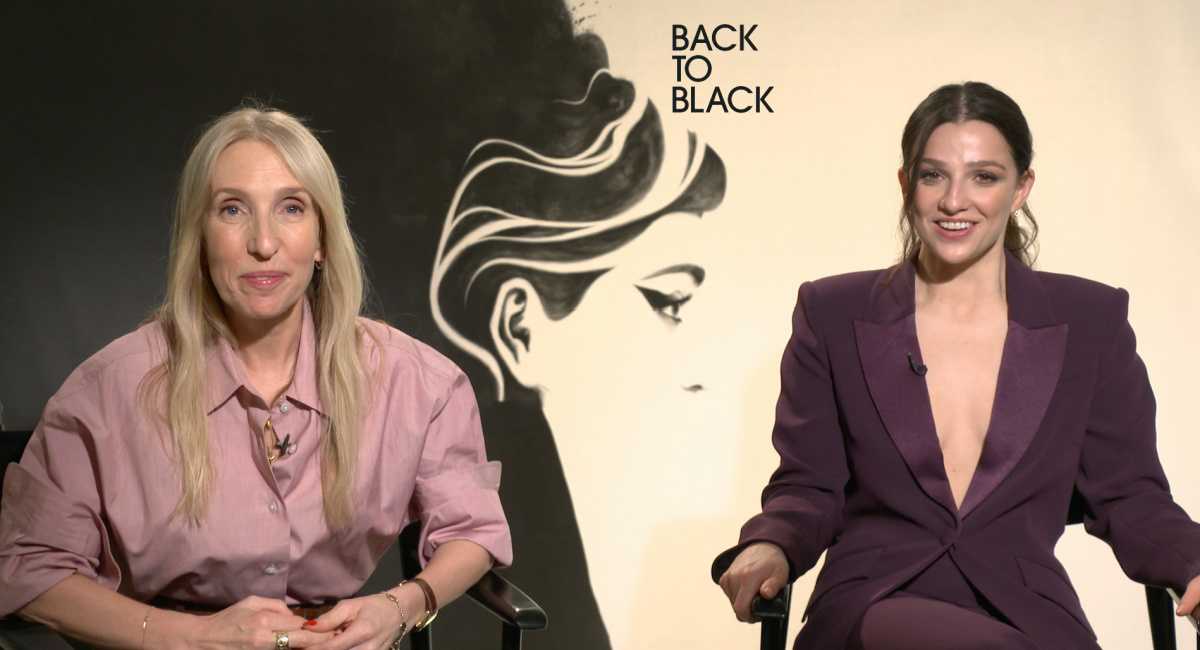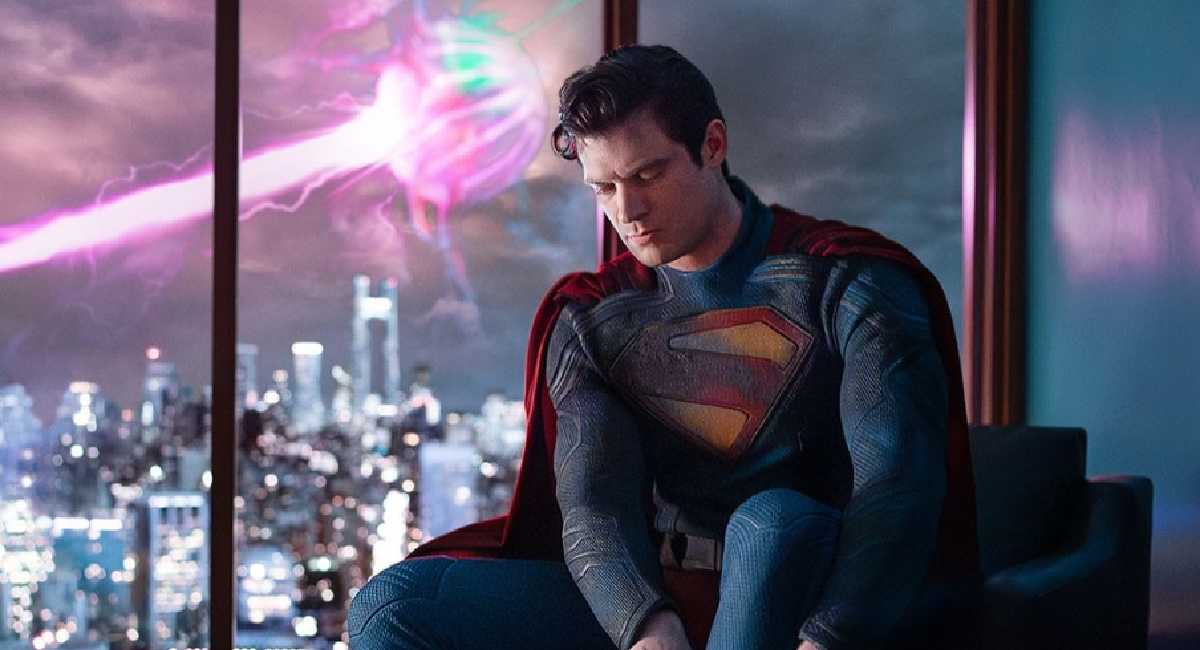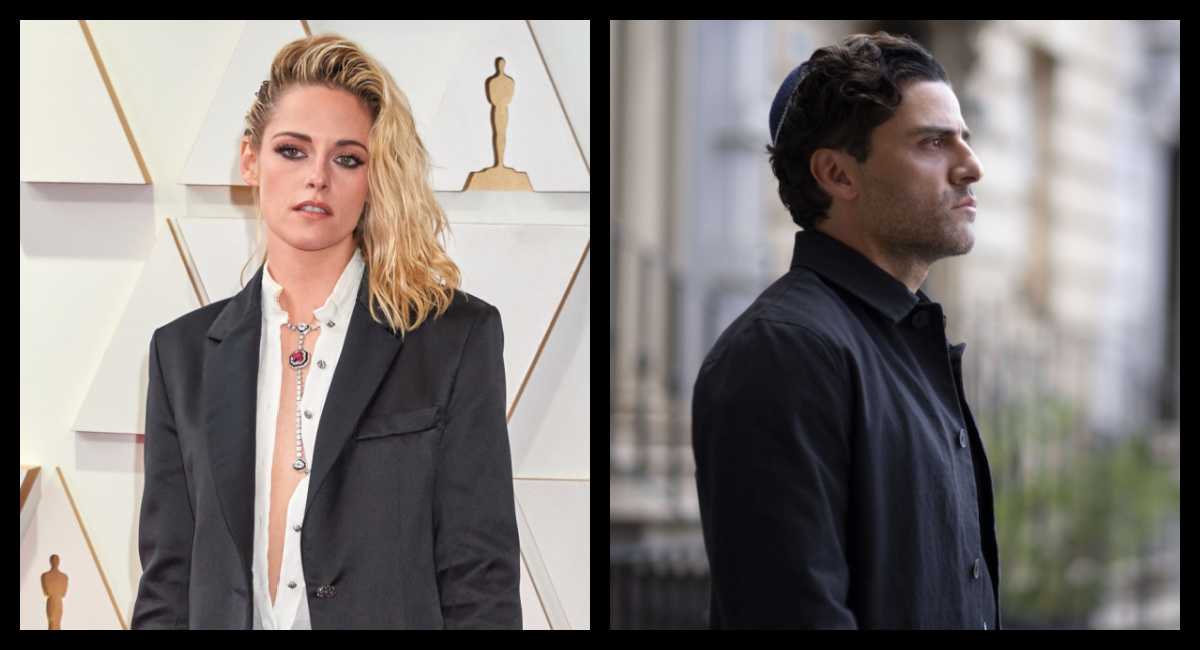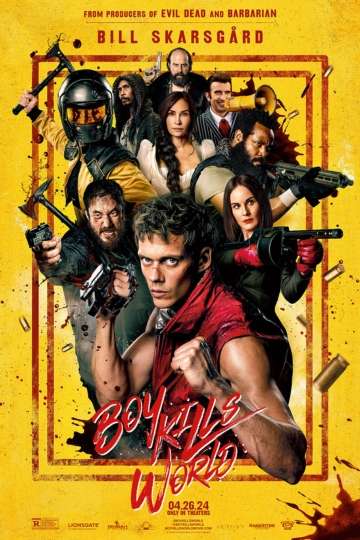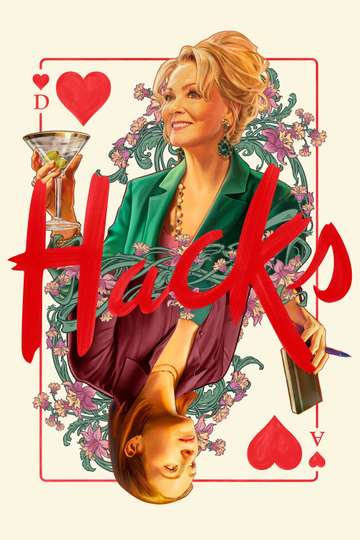‘Aladdin’ Production Designer Gemma Jackson on Bringing Agrabah to Life
Disney’s live-action remake of “Aladdin” zooms into theaters everywhere this weekend and it is nothing if not a visual feast. Embracing the color and extravagance of the original animated classic, this new version, directed snappily by Guy Ritchie, realizes, in a tangible, three-dimensional, tactile way, a world that seems vaguely familiar but still quite magical. And much of that had to do with the exemplary work of “Aladdin” production designer Gemma Jackson, who was tasked with building a fanciful Middle Eastern-inspired world on a series of backlots and sound stages just outside of London, England.
We got the chance to sit down with Jackson at a recent press day for the film (in the far sunnier Beverly Hills), to talk about what inspiration she drew from the original, how the musical numbers dictated the look of the sets and what she’d like to see recreated from her film in the Disney Parks.
Moviefone: Where do you begin adapting an animated film for live action and how do you choose what you want to translate and what you want to leave behind?
Gemma Jackson: For me it's not a big deal at all. The animation is absolutely gorgeous and totally delightful, but I get a big fat script with a big fat story with real people moving around doing real things and I don't really have to worry about the animation. In animation it's a flat thing and it’s all about the characters. If you think about it, they don't draw huge amount of detail. There's a bit of a castle or a palace, but there's not a huge amount of detail. I'm doing a big fat three-dimensional set. Apart from the genesis of the ideas, my world doesn't really get affected. I just carry on and create my world.
But from a sentimental point of view, is there anything from that original that you wanted to see kind of carry over?
Not really. I think what I wanted to carry over was the soul of it. I think is it more of a spiritual thing. My job was to create the worlds that are spoken of in the animation -- the have and have-nots of Agrabah and him struggling and kids starving and the whole balance of it. And then here's the palace, all of which is very clear. So it's not so much obvious visual things. It's more like general storytelling. That's what I'm taking from it.
You shot almost the entire movie in London. What kind of challenges did that present in terms of making things look believable?
You’ll be astonished to know that we had the most amazing summer. So we built it out the back lot for Agrabah. We were at Long Cross and the backlot is vast there. We used what they call skid pan I think where they used to test tanks. And it's about 500 feet across. It’s massive. As Guy likes to say two football pitches. That's where we were. We built it all. And then we had sound stages there, with the interiors of the palace and the tower.
Was there a particularly challenging set to construct?
Well, it was huge. I mean, Agrabah was huge. Originally we were going to do it in Morocco. And then we decided that the demands of things like “One Jump” are so great and it began to be sort of ridiculous how much we'd have to do on the locations to make it work. To my utter joy, said, “You know what? Let’s build it. You’ve got 15 weeks. That is not long to build the whole of Agrabah and everything else. So that was a huge challenge, but it was one that we as a team, my art department to me, we so happily to do because we felt that we could do a better job if we could start from scratch. So we were really excited about it and we just had to work very long hours to pull it off.
Were the sets constructed with the musical numbers in mind?
Well that one particularly right. It was quite important. We started out with a great big model of the town and how we were going to arrange everything and where they’re going to go, and then as they developed the dance more, they might say to us, “Can you bring that building a bit closer?” Obviously we were still in the model stage. It just became a really lovely kind of all making, helping each other work to get things just how we wanted it really. I think we couldn't have done that any other way than building it from scratch.
One of the new aspects of the design of Agrabah in this version is the port. Was that something that you guys had developed?
That was in the script. It wasn’t in the first script but it came soon after. That came from Guy, because he loved the idea of this trading center, people coming and going. I think that's how the whole thing with Will on the ship at the beginning. It's such a lovely opening, I think. We just kind of made it so it became like this big center.
Obviously the ultimate tribute would to have some part of “Aladdin” be in the theme parks. Have you thought about what part you would want to go into one of the Disney Parks?
I wonder what they’d want … Maybe his broken tower. That’s his place. All the kids could walk up those funny steps and climb up to see you!
“Aladdin” appears in theaters everywhere Friday.
